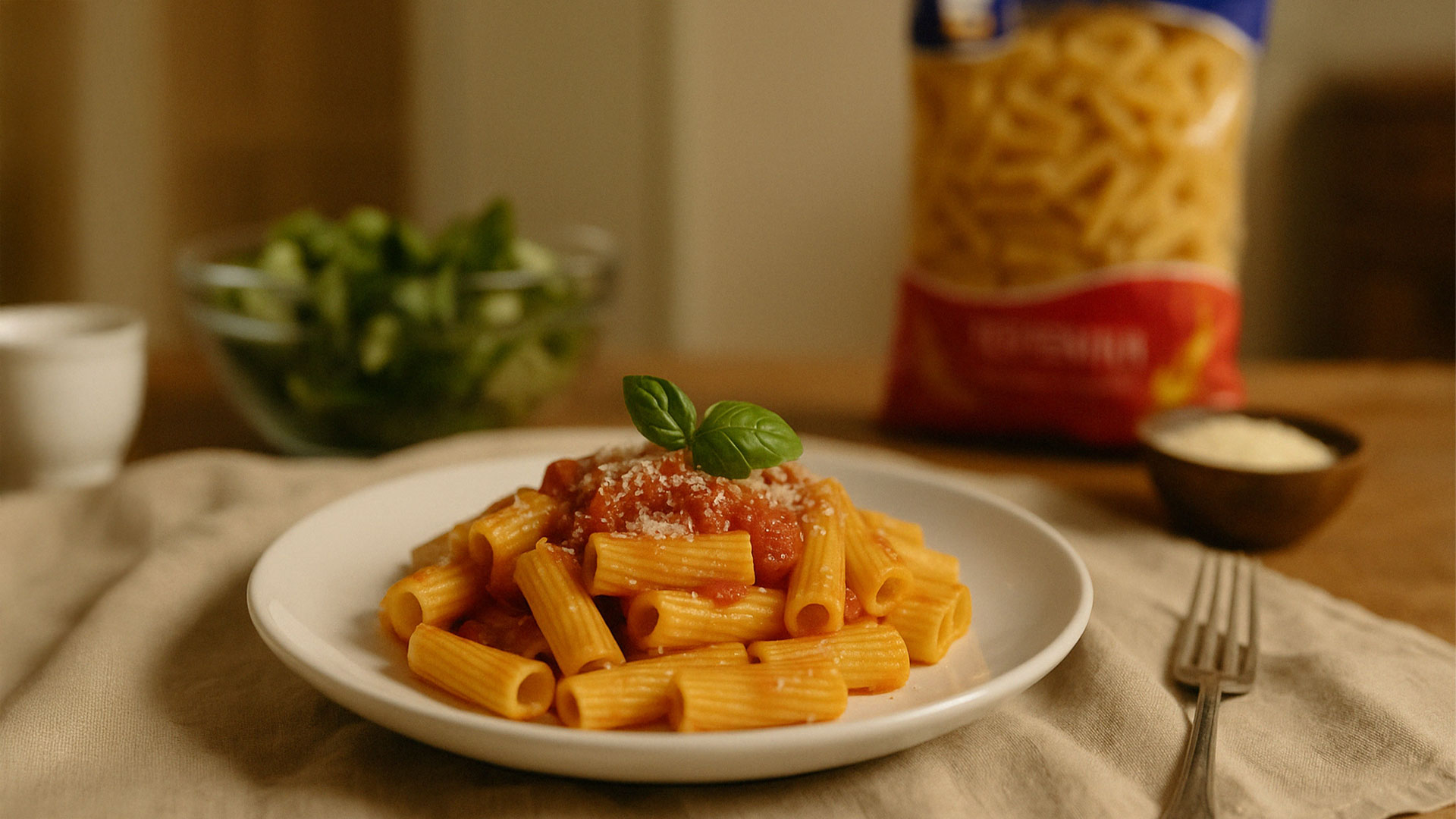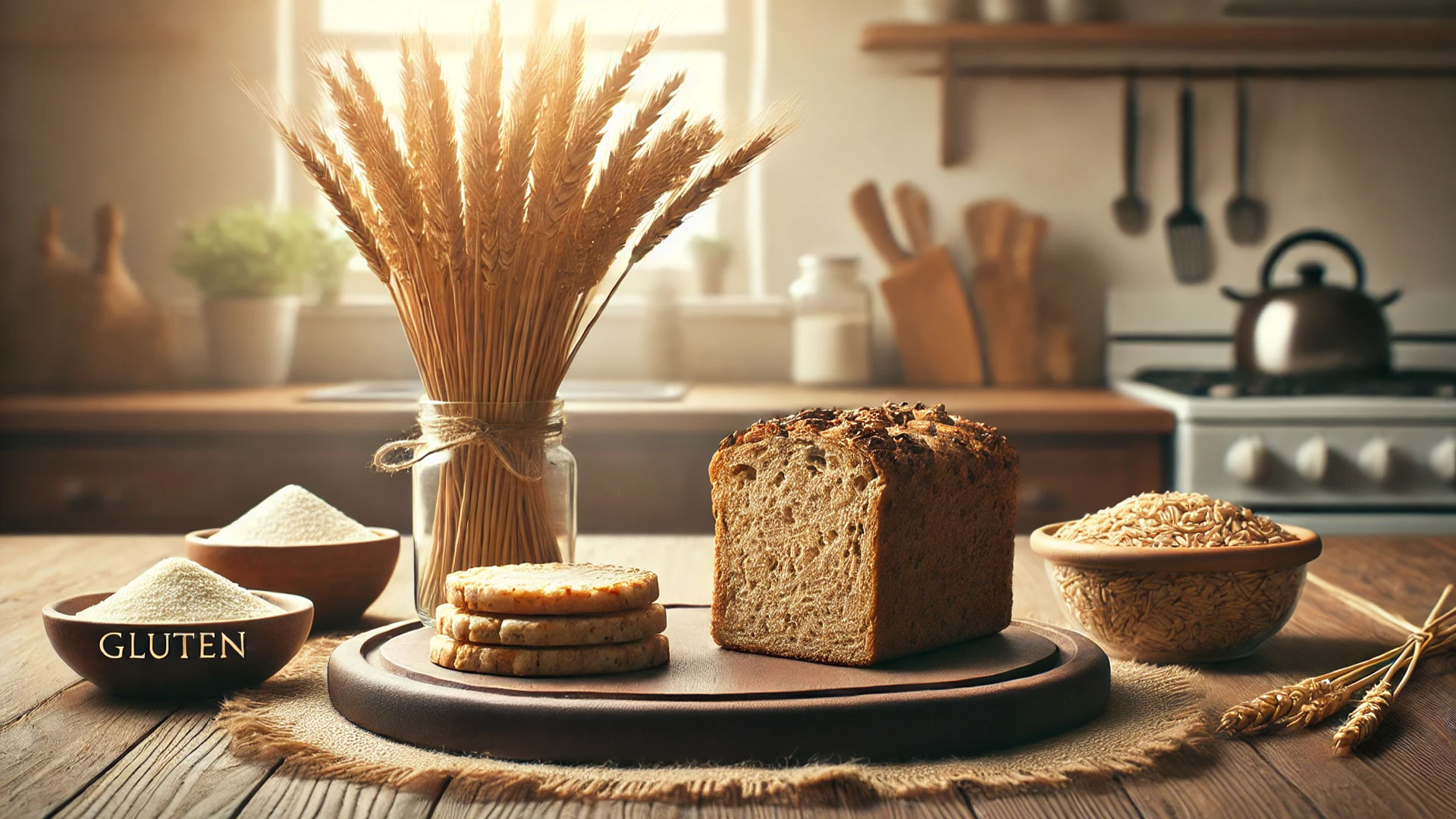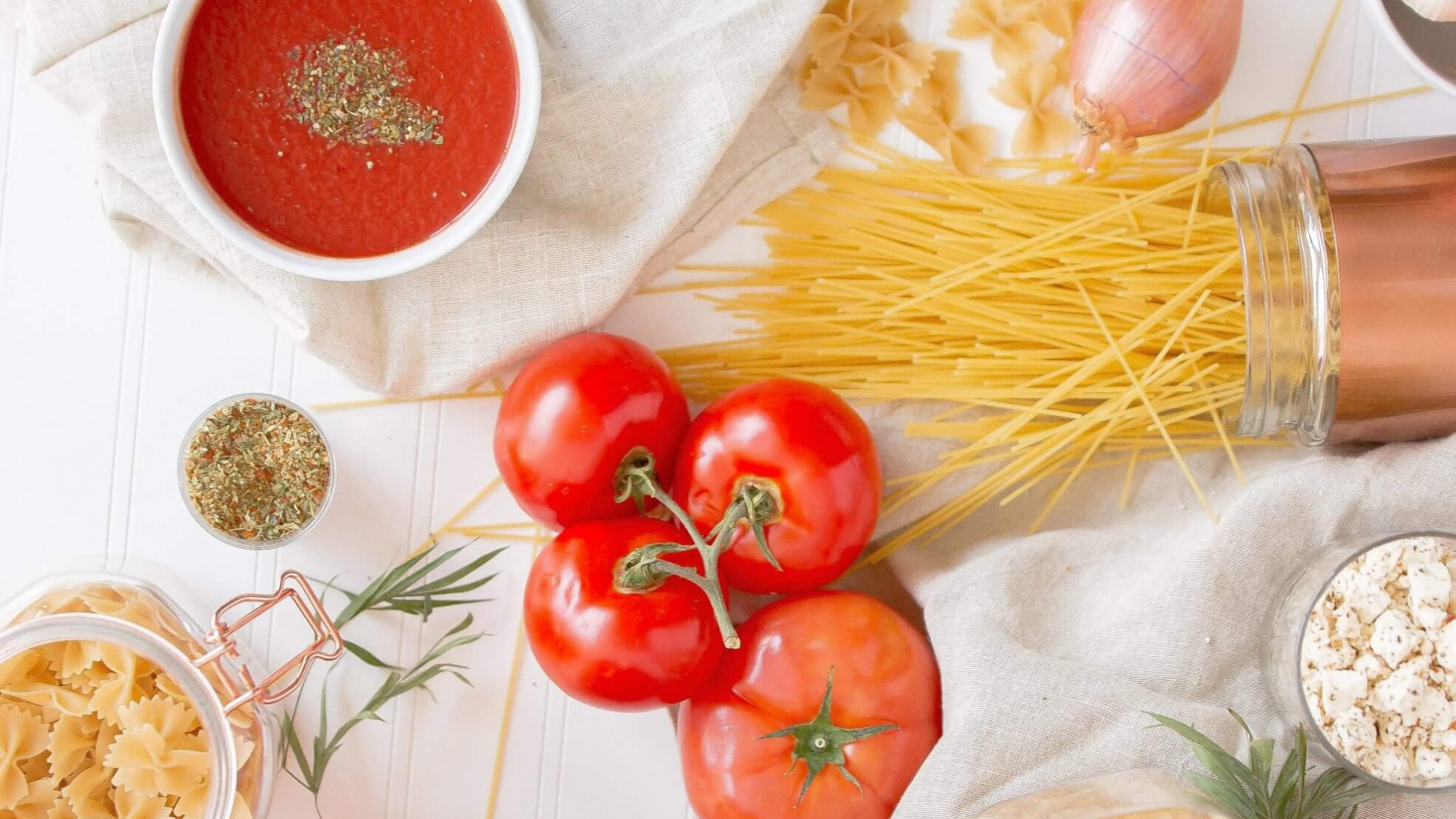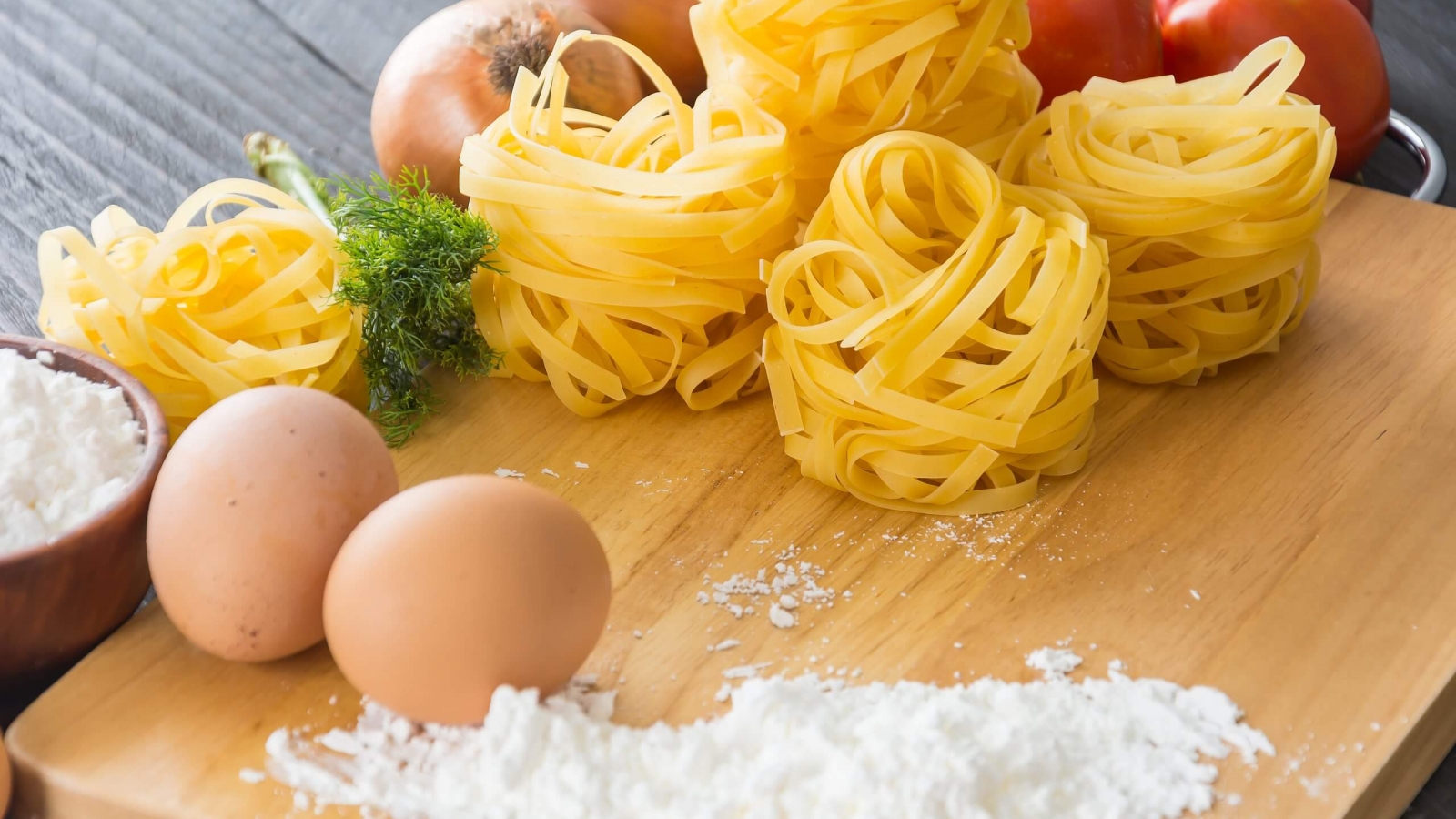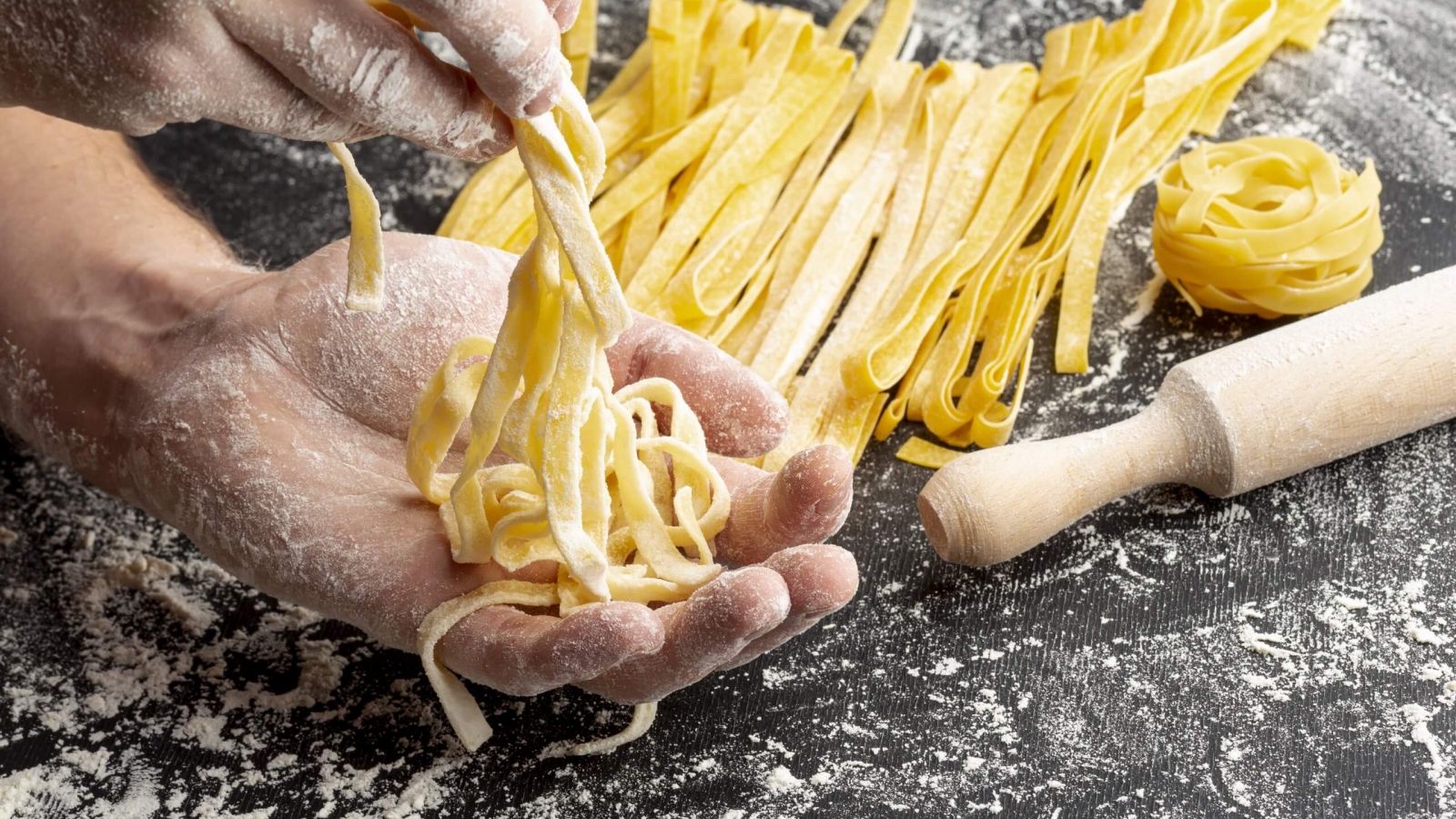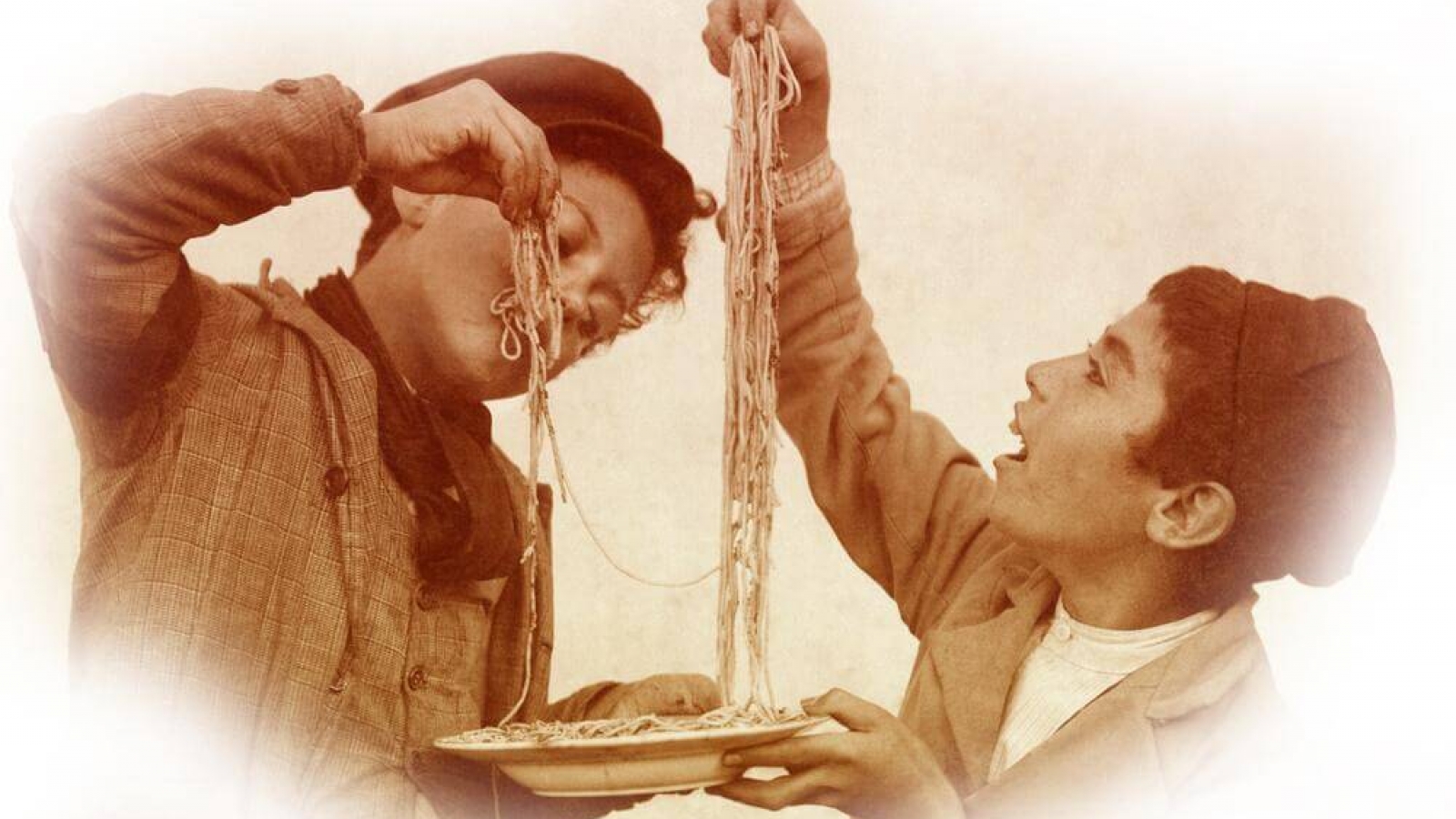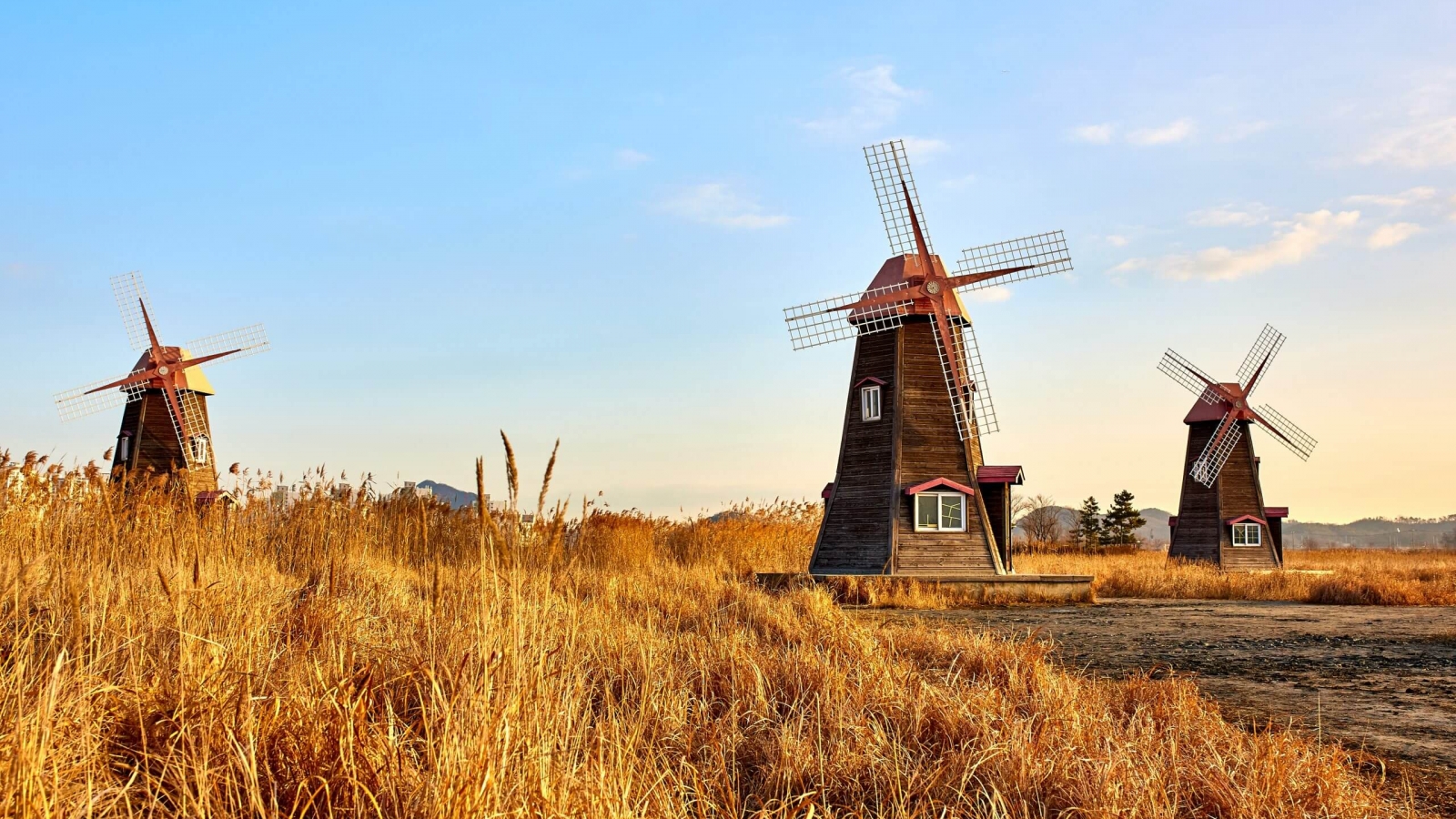Prejudice about pasta: does it really make you gain weight – or is it time to change our perspective?
In many homes, pasta is synonymous with a warm meal, family table, and simple enjoyment. Through generations, however, it has often been unfairly blamed – most commonly for “weight gain” – so it’s time to look at it from a new angle. But let’s take a deep breath, pause for a moment, and think again – and maybe look at it from a different side.
Pasta is not the enemy, nor a threat.
On the contrary – if it’s made from quality ingredients and properly prepared, it can be part of a balanced and nutritionally rich diet.
Does pasta really make you gain weight?
The truth is – pasta by itself isn’t high in calories. A portion of cooked pasta (100g) contains only about 130–150 calories – which is less than a slice of bread or even a medium-sized banana. Pasta most often becomes problematic when it’s consumed in large amounts or with heavy sauces.
That’s why, TONNY pasta lovers know that the key lies in the quality of flour, carefully selected ingredients, and moderate servings. Their strength is in providing nutritional value, while still being light, easy to digest, and giving a lasting feeling of fullness – without bloating or discomfort.
Pasta is the foundation of a good meal
With quality pasta on your plate, you’re already halfway to a proper meal. All you need is a bit of olive oil, seasonal vegetables, lean meat or protein – and you’ve got a healthy, complete, and tasty meal.
That’s why we always like to remind you: when you know what you’re putting on your plate, TONNY pasta becomes not only the main ingredient, but also the ideal base for flavor, enjoyment, and balance.
Plus – because TONNY pasta is made from selected semolina, it keeps its shape during cooking, stays firm, doesn’t get soggy, and stands out with both taste and quality. It’s a simple and clever choice. A joy you can trust.
Science supports pasta (when we know how and when)
Studies have shown that pasta consumption is not linked to obesity, and can actually help with healthy body weight maintenance, especially when part of a Mediterranean diet.
Pasta contains slow-release carbohydrates – meaning it releases energy gradually, preventing blood sugar spikes – which is especially important for long-term energy and avoiding cravings.
When combined with the right sauce and portion size – pasta can actually be your ally in health.
TONNY pasta – when enjoyment makes sense
When you know what you’re eating and why – even enjoyment becomes meaningful.
TONNY pasta is your ally – in taste, satisfaction, and health. Made from premium durum wheat semolina, it is light, filling, and nutritionally rich.
It’s not about what you “can’t” eat – but what you choose to eat.
It’s not pasta that makes you gain weight – it’s the myth we carry in our minds.
In a time when we all seek balance between health, taste, and simplicity – pasta can be exactly what brings us together. A good plate of macaroni. A warm kitchen. A smile at the table. That’s what makes us human – and that’s something we shouldn’t change.
So next time, don’t think about guilt. Think about quality, balance, and enjoyment.
And if you need a choice you can trust – TONNY is here to remind you what it feels like when food is made with love.


